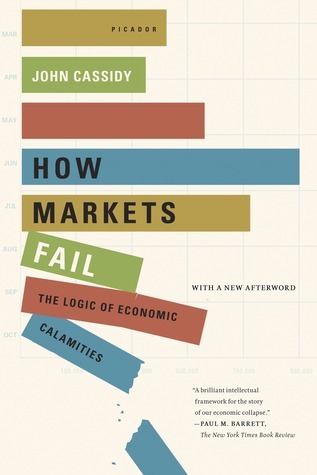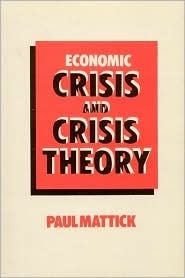
How Markets Fail: The Logic of Economic Calamities
Book Description
What happens when the invisible hand of the market goes rogue? In "How Markets Fail: The Logic of Economic Calamities," John Cassidy unravels the intricate web of economic disasters, revealing chilling truths that lurk behind fiscal crises and market crashes. With gripping clarity, he examines the systemic flaws and irrational behaviors that shape the financial landscape, exposing how greed and fear can collide to disastrous effect. As economies collapse and lives spiral out of control, one question looms: Can society ever truly tame the forces of capitalism, or are we destined to repeat the same fatal mistakes?
Quick Book Summary
"How Markets Fail: The Logic of Economic Calamities" by John Cassidy explores the deep-rooted mechanisms behind market breakdowns and financial crises. Cassidy moves beyond the simplistic faith in the "invisible hand" of free markets, scrutinizing how both rational and irrational human behaviors contribute to market excesses and failures. He traces the evolution of economic thought, dissecting key theories and highlighting where classical models fall short in explaining real-world collapses. Drawing from historical episodes such as the Great Depression and the 2008 financial crisis, Cassidy argues that markets are neither perfectly efficient nor inherently stable. Instead, unpredictable factors, regulatory gaps, and speculative frenzies repeatedly expose weaknesses in capitalist systems. Ultimately, Cassidy calls for more insightful regulation and understanding, urging policymakers and citizens alike to approach markets with cautious skepticism.
Summary of Key Ideas
Table of Contents
The Limits of Market Rationality
John Cassidy challenges the traditional dogma that markets are always efficient by meticulously unraveling the origins of "rational irrationality." He details how market participants—guided by imperfect information and flawed incentives—often make choices that collectively lead to disastrous outcomes. By dissecting foundational economic theories, Cassidy demonstrates how the blind faith in self-correcting markets derives from oversimplified models that ignore complexities such as herd behavior and information asymmetry.
The Psychology of Economic Bubbles
Cassidy skillfully integrates psychological insights into his economic analysis, revealing how market bubbles form and inevitably burst. He discusses the "irrational exuberance" that drives asset prices far beyond their real value, as seen in historical events like the dot-com bubble and the 2008 subprime mortgage collapse. Emotional contagion, speculation, and the desire to follow the crowd repeatedly propel markets into unsustainable territory, resulting in severe corrections and widespread societal impact.
Failure of Economic Orthodoxy
A central focus of the book is the failure of mainstream economic orthodoxy to predict or prevent crises. Cassidy critiques the reliance on equilibrium models and the dismissal of instability, arguing these frameworks leave both policymakers and investors dangerously exposed. He details how, despite clear warning signals, economic complacency and flawed assumptions about risk led to catastrophic misjudgments during major downturns.
The Role of Regulation and Institutions
The discussion extends to the crucial role of government regulation and institutional design. Cassidy contends that while markets have self-organizing power, they also require vigilant oversight to curb excess and correct imbalances. The lack of effective regulation, especially during periods of significant financial innovation and deregulation, is shown to have amplified the severity of recent crises. He advocates for a more pragmatic and adaptive regulatory approach.
Learning from Financial Crisis
Finally, Cassidy encourages readers to learn from history’s economic calamities and acknowledge the persistent vulnerabilities within capitalist systems. Rather than viewing each crash as a freak accident, he urges a more realistic, nuanced approach to financial markets—one that addresses systemic risks and aims to foster resilience. Only by relinquishing ideological rigidity and embracing a more humble, evidence-based economic philosophy can societies hope to reduce the frequency and severity of market failures.
Download This Summary
Get a free PDF of this summary instantly — no email required.





